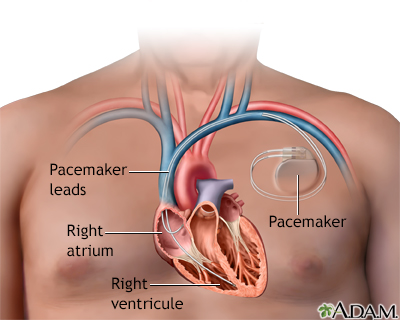
The pacemaker is then set to the minimum energy needed to activate myocardium (a safety margin is often used). This is done by repeatedly stimulating with gradually decreasing amounts of energy until the stimulus no longer yields an activation. Modern pacemakers have built-in functions to calibrate the stimulus amplitude and width according to myocardial excitability. The most common cause of failure to capture is insufficient stimulus energy. A stimulus delivered during the refractory period should not result in activation because the myocardium is refractory. Functional failure to capture occurs when a stimulus is delivered during the myocardial refractory period.

This may be due to insufficient stimulus energy, or lead dislodgement/fracture. Genuine failure to capture occurs when a stimulus that is expected to result in activation fails to do so.Two types of failure to capture should be distinguished: Failure to captureĭefinition: pacing does not result in myocardial activation. Failure to capture during the refractory period. The pacemaker paces in the atrium but P-waves are not visible, suggesting that the atria are not depolarized. Atrial pacing occurs after the intrinsic P-wave. External causes are less common and include electrolyte disorders, metabolic disorders, hypoxemia, antiarrhythmic drugs, or electromagnetic disturbance caused by other machines/devices.īelow follows ECG tracings demonstrating each type of failure.
Pacemaker av sequential ekg generator#
Most cases of malfunction are associated with the electronics in the pulse generator or dislodgement or fracture of the leads. These failures typically result in missing stimulation artifacts, misplaced stimulation artifacts, irregular pacing, etc. This is only relevant in rate responsive pacemakers.


This choice is therefore not satisfactory in a patient with AV block and normal sinus function (no P-wave synchrony detected), but is conversely entirely acceptable if the patient also has a sinus dysfunction causing permanent atrial pacing even with permanent AV block (since atrial pacing synchronizes ventricular pacing). It is also the function chosen when the pacemaker does not correctly sense atrial arrhythmias and therefore does not fallback properly, with erratic ventricular pacing. This explains the absence of ventricular runaway pacing in the event of atrial arrhythmia sensing, hence the use of DDI as a fallback mode. Thus, in the case of AV block, spontaneous atria do not synchronize ventricular pacing if they are faster than the current atrial pacing rate: functioning is equivalent to VVI mode. If the atrium is faster than the atrial pacing rate, there is inhibition of atrial pacing and absence of AV delay when the atria are spontaneous there is no ventricular synchrony. AV synchrony is only provided at the current atrial pacing rate (base rate pacing, rate responsive pacing or rate-smoothed pacing). The DDI mode provides dual-chamber, sequential AV pacing with atrial sensing but no tracking of the sensed atria.


 0 kommentar(er)
0 kommentar(er)
